The double-edged sword of comfort art

“Art should comfort the disturbed and disturb the comfortable,” is an oft-quoted phrase by Cesar A. Cruz.
Rarely does a piece of art hold both equally for an audience. Something that comforts you is unlikely to disturb you, and vice-versa (unless that is, of course, the goal of the piece). Comfort is something we seek, for better or worse. Disturbance is something that happens to us, for worse or better. Based on that quote alone, Cruz doesn’t value art that prioritizes one over the other as being superior or inferior – although even the most askance glance at his other work can give you some leading clues. No, the value judgment is on the audience.
Recently, I’ve been engaging more with work that is absolutely comforting the disturbed, although my current manifestation of “disturbed” is more a generalised anxiety about the state of the world and my place in it. That includes work in the arts fest – even the harrowing ballet adaptation of A Streetcar Named Desire was comforting in its own way. After a long day of being vaguely stressed and anxious, the last thing I want to do is sit with art that makes me feel the same way.
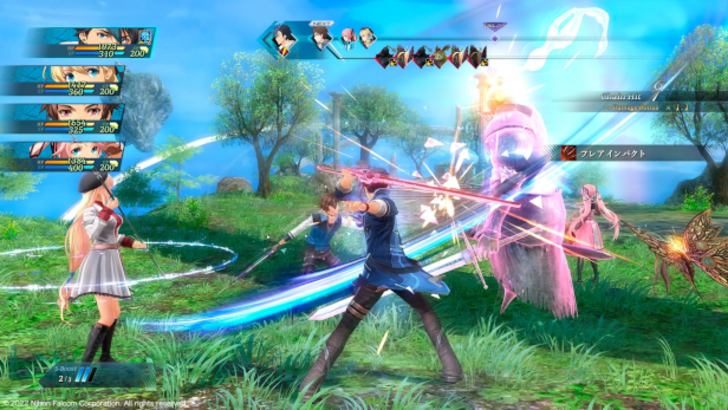
So: there are three pieces of art I’ve been thinking about in regards to comfort.
The first of these is Legend of Heroes: Trails through Daybreak II. It’s a title that conveys absolutely nothing to anybody who doesn’t already know it, those words in that order could make eyes audibly glaze over, if that were something actually possible.
Take the first paragraph from its plot summary on Wikipedia: “Sometime after the fall of Almata, Elaine Auclair recruits Van Arkride in order to investigate a series of bizarre murders which leads them into a mysterious man who can take a monstrous form similar to Van's Grendel.” To 99.9% of the people reading this, that will be utter nonsense. To me? Everything I want, absolutely nothing I need.
The Legend of Heroes series is my ultimate comfort piece of art. Everything about them - the long-running story, the bright art style, the near perfect mixture of wholesome character interactions and emotionally traumatising cliffhangers - is everything I want from my art. It has rewarded the literal hundreds of hours I’ve put into it with considerable levels of fan service – each returning character is treated with the same level of gravity as say, Meryl Streep deigning to appear on Only Murders in the Building.
This is not a review – I don’t review the things that are my comfort art – but it helps that Daybreak II actually holds up as a game beyond being comfortable. The combat loops are satisfying, it looks absolutely gorgeous, and it adds to the already considerable lore of the series in electric ways. For the 70 hours of gameplay, it felt like being wrapped up in a personalised slanket, one where all the folds and grooves fit me perfectly.
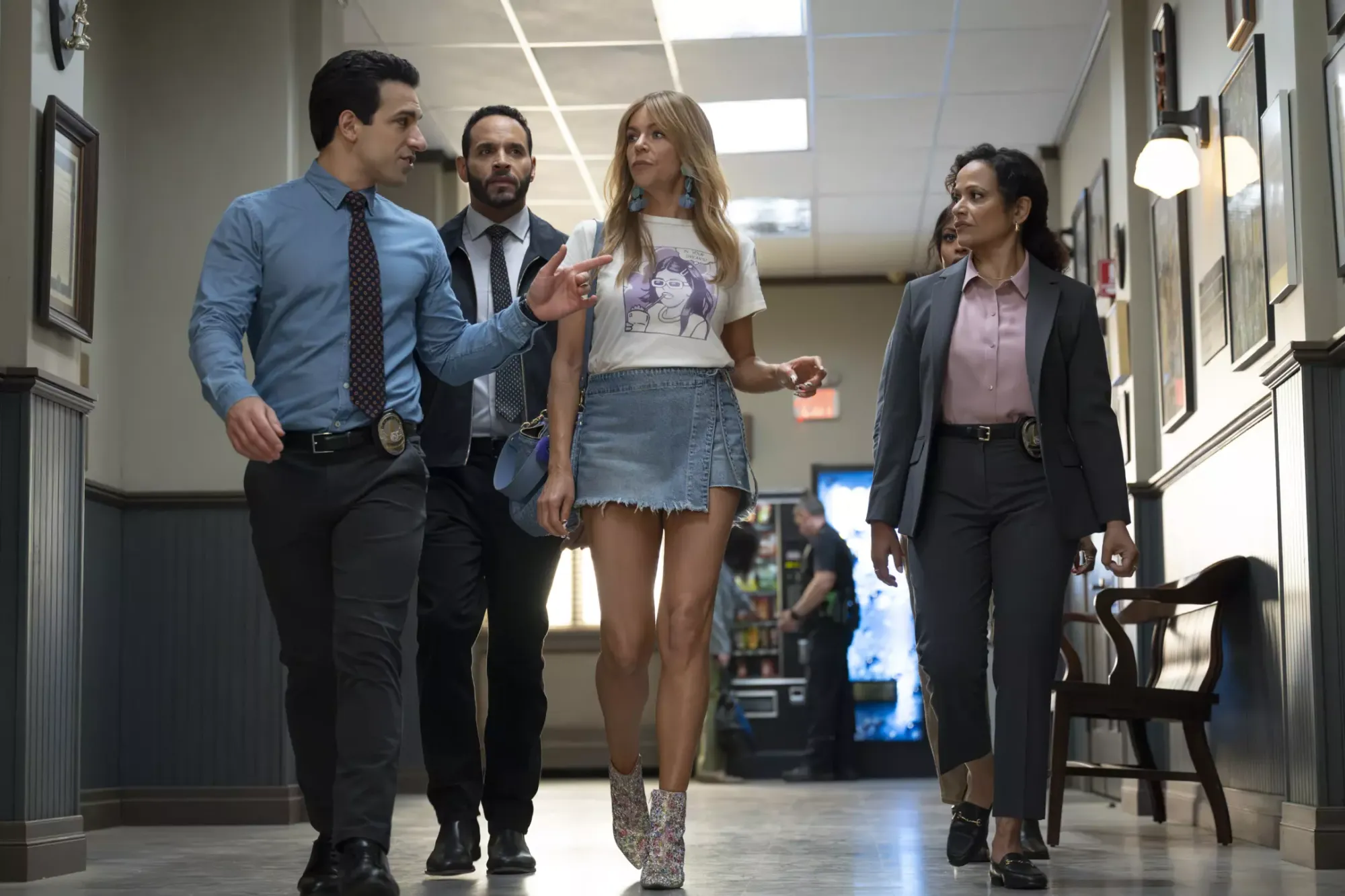
The second of these comforts is High Potential. It’s a cop procedural – and there are many essays to be written about how television has convinced us that cop procedurals are soft propaganda disguised as commonplace watches, but it’s not this one – starring Kaitlin Olson as… a high potential individual.
What is a high potential individual? Well, it’s someone with a high IQ who, in this case, knows a lot of weird facts about seemingly everything, and is observant to the point of being superheroic. Each episode Olson’s Morgan has the answer to every solution, and it would be insufferably formulaic if not for the actress taking every opportunity to elevate it.
Olson is the reason to watch this series (although the other cast is fun, but let’s be real). She’s been the dark horse MVP of It’s Always Sunny for nearly two decades, and gave a slightly censored version of the same performance on the underrated The Mick, but this is the first time she’s been allowed to show her dramatic chops. Actually seeing the ways she balances her job with taking care of three kids, and balances her sharpness with empathy, is deeply impressive.
Is it Severance (which I have yet to watch)? Nope. Is it The White Lotus (which I just started watching and find comforting too, albeit in a different way)? Also definitely not. But there is a simple, almost numbing, pleasure to seeing Olson simply be correct for forty-six minutes a week, scene after scene, and succeed against people who are deeply skeptical of her despite her 100% case solving rate? While Olson may be excellent, I can’t argue for High Potential’s excellence, and the mixture of the two is… yes, comforting.
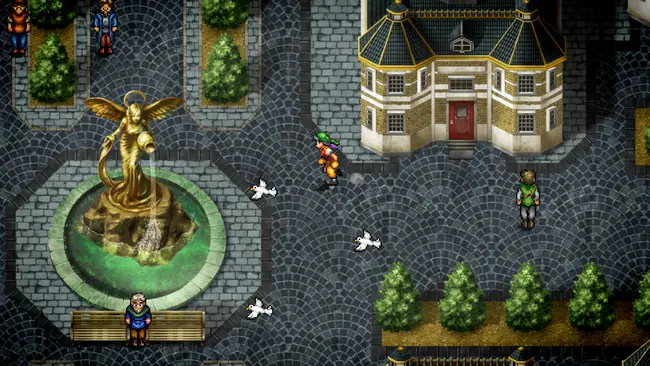
The third and final of these is Suikoden I + II Remaster. If your eyes glazed over at Trails through Daybreak II, they likely rolled right through to the back of your skull reading that.
Another synopsis: Suikoden I + II Remaster is the updated remaster of two games from the late 90s that have, until this point, been nearly impossible to play on modern systems. Seriously: the only way I was able to play them as a very nerdy preteen in the early 00s was to rent them from United Video, as any rare physical copy would have set me back upwards of $250. Gaming used to be an expensive hobby, you guys.
The premises of the games are hardly important at this point, but trust that they’re both closer to Trails through Daybreak than High Potential. The first game is loosely adapted from historical Chinese classic The Water Margin, essentially following a young man who inadvertantly joins, then leads, a rebellion, recruits 108 characters to his side and then overthrows a corrupt empire. The second game follows the same structure, but is even further removed from the novel. Both have encyclopedia-length levels of lore that I have internalised, and will never come in handy in my life.
I know both of these games like the back of my hand. I know the layouts of every dungeon, I know the recruitment windows for every single character in each of the games, I know every little exploit and hack to make it through even the hardest bosses with nary a scratch. I am a nerd for these games. Part of the comfort is that it’s nothing new. It’s art that fits you like a glove, because you’ve experienced it before. (This is perhaps the only relatable thing about being obsessed with a remaster of a game from the 90s which resembles it in every way; I feel for people who have nothing resembling this experience with various Disney remakes.)
One person’s comfort is another person’s hell. I have many friends who get a great deal of comfort and solace from any manifestation of true crime, be it documentaries, podcasts, or actual fiction. These things upset me as much as I’m sure a fifty hour role-playing game that is the eleventh in a series of fifty hour role-playing games would deeply disinterest them.
I’m wary of this comfort though. Comfort feels, unsurprisingly, nice. Nice is the enemy of good art. Comfort is complacency. The thing about all three of these things is that they’re nothing new. Daybreak II might add more to the lore, but it’s very much more of something similar. Kaitlin Olson is always going to be correct on High Potential. The Cave of the Wind is always going to be the most annoying dungeon to get through in Suikoden II.
Comfort’s fine for a while, but at some point, to be really challenged, to really think differently, and frankly, think better, some disturbance has to be brought in.
So I guess it’s time to watch Severance.
Writing and reporting takes time, and if you want to support the amount of time it takes (and ensure that the scant amount of meaningful coverage of local art can continue), please considering supporting Dramatic Pause with a paid subscription ($8 p/m, $60 p/a) and if you can't afford a paid subscription, please share the work with your networks!
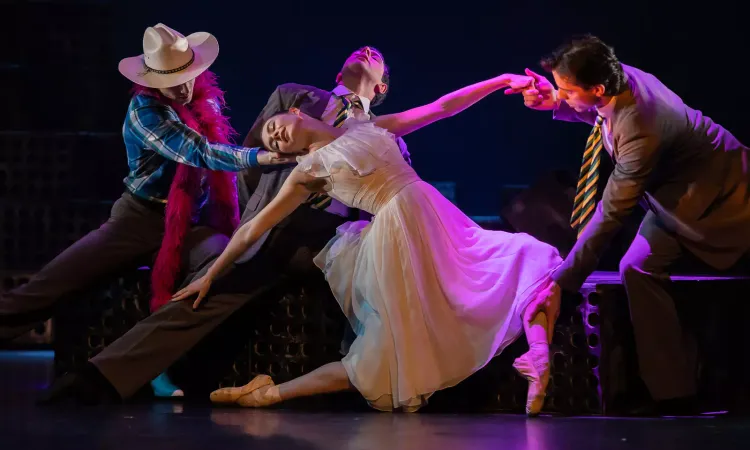



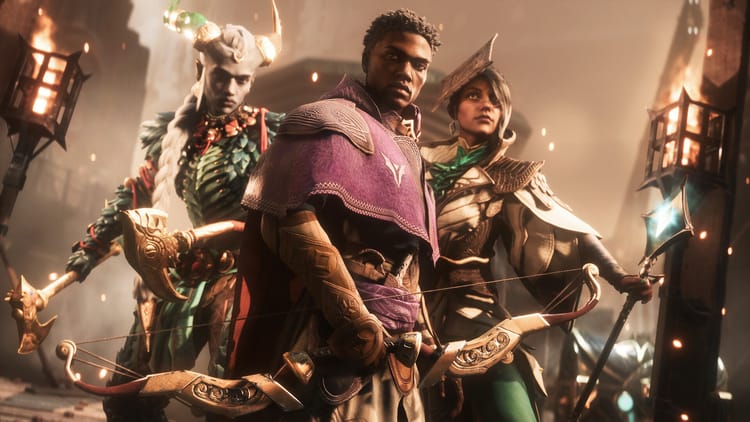
Member discussion